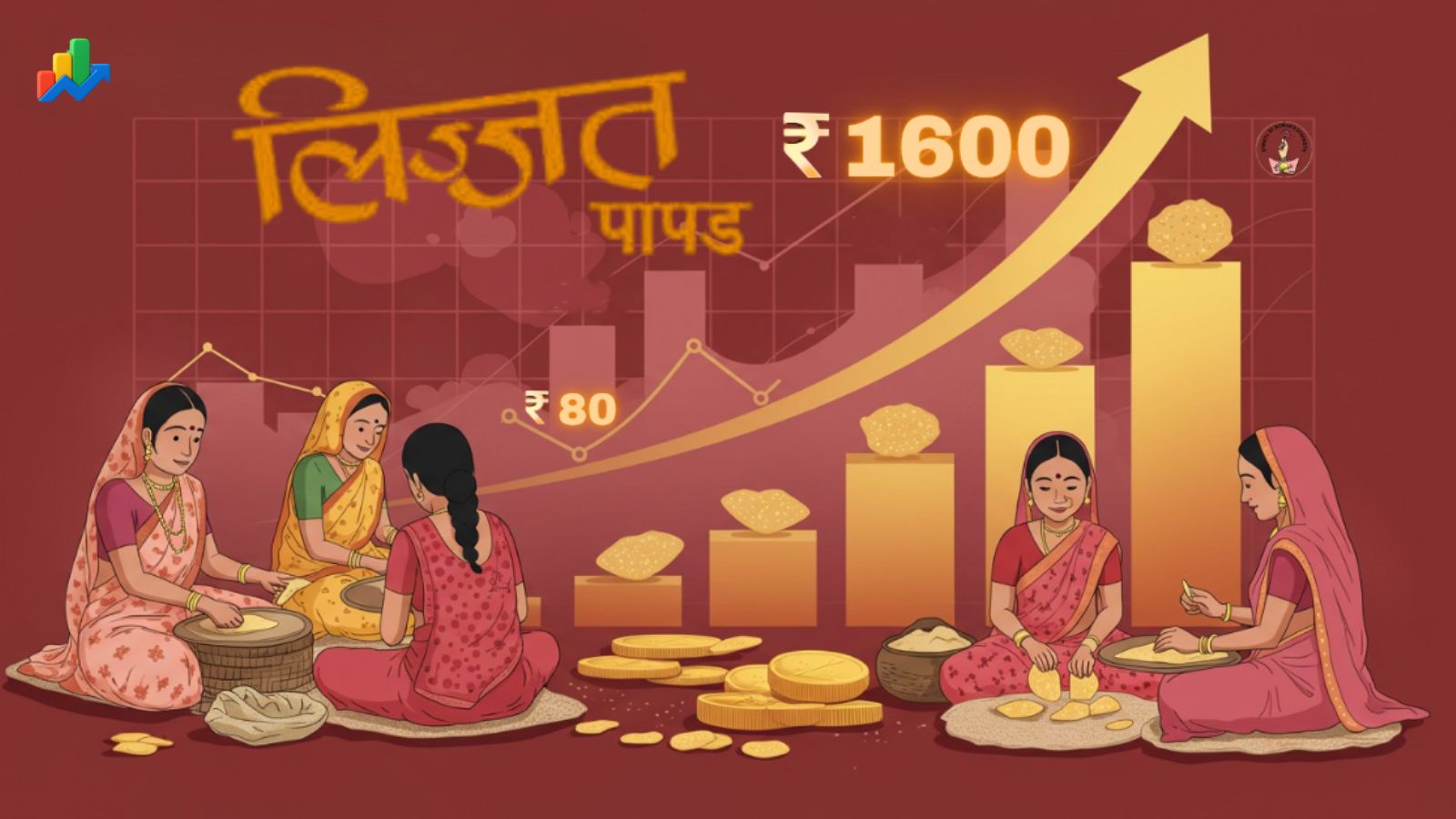Asian Paints has long been synonymous with leadership in India’s decorative coatings industry. But recent developments suggest that its dominance may no longer be a given. A series of internal and external challenges have begun to erode the company’s stronghold.
One of the most symbolic moments was Reliance Industries' decision to offload its 4.9% stake in Asian Paints, held for 17 years. The ₹11,000 crore exit, executed via a block deal, signaled a strategic recalibration and cast a shadow of doubt over the company's future trajectory.
The paint giant has also witnessed a steady decline in market share, slipping from its commanding position as new rivals enter the fray. Among the most disruptive has been Birla Opus, a new venture by Grasim Industries. Within just a year, Birla Opus has carved out a significant share by luring top talent from competitors, offering generous dealer margins, and establishing a strong manufacturing base from day one.
Profitability, once a strong suit of Asian Paints, has also taken a hit. In its latest quarterly report, the company posted a sharp fall in net profits, largely due to aggressive promotional spends, elevated dealer incentives, and increased marketing outlays to fend off competition. At the same time, raw material costs such as Titanium Dioxide and crude-based inputs remain volatile, compounding the pressure.
Across the broader industry, competitors like Berger Paints and Kansai Nerolac are pursuing niche strategies, while potential mergers and acquisitions—like JSW Paints’ reported interest in Akzo Nobel India—are stirring up the competitive landscape further.
Perhaps most concerning is the demand environment. Asian Paints’ own management has described current conditions as the most challenging in decades, with home improvement cycles slowing and rural markets displaying fatigue.
In summary, Asian Paints finds itself at a critical juncture. While its legacy and brand equity remain intact, the path ahead demands swift adaptation and a fresh strategic playbook to stay relevant in an evolving market.



